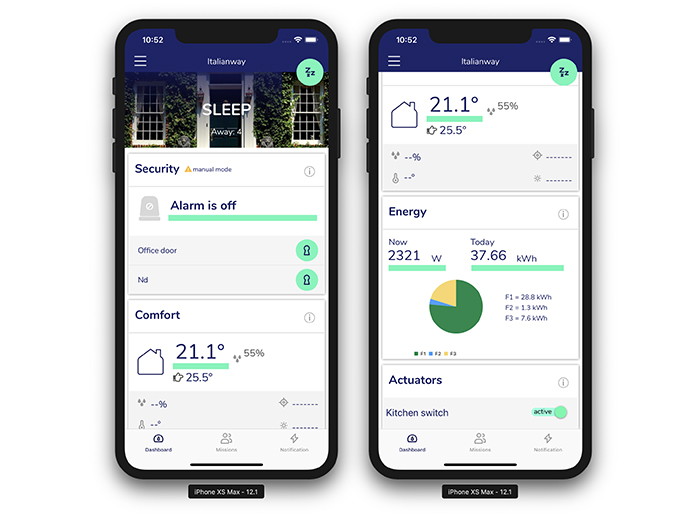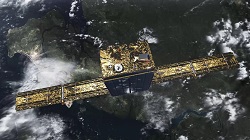Better wave prediction improves offshore safety
Waves play a major role during most offshore operations at sea, but they behave in an irregular and unpredictable way. Although it is known that waves occasionally exceed certain operational limits, it is not fully understood when such waves occur. The EU-funded Horizon 2020 Wave Predictor project addressed this challenge, developing wave and ship motion prediction technology that predicts the actual time traces of waves approaching the ship and the resulting ship motion response. Currently the only way that offshore operations can be safely managed is through a combination of advanced statistics and large safety margins. “As a result, the waves and resulting ship motions are most of the time well below the critical value during operation, meaning large amounts of time are lost where work could have been carried out,” says project coordinator Karel Roozen. By forecasting when and where the next big waves are likely to occur, the Wave Predictor system can select an optimal time window for the most critical phase of offshore operations instead of waiting for improved conditions, or ‘hoping for the best’. Improved predictions The current state-of-the-art in offshore technology has several limitations concerning operational safety and cost. ‘Safe’ is still not 100 % safe and a 1/1 000 probability that a critical wave height is exceeded is often deemed acceptable. Handling expensive equipment far from land means the consequences of accidents can be major, involving the loss millions of euros, physical injury or even death, hence the large safety margins. Furthermore, increased costs regularly arise when conditions are deemed safe and a transport or operation is started, but subsequently abandoned. Hence, costs can be enormous, due to lost working hours when there would have been plenty of safe operational windows – if only they were known beforehand. Researchers derived directional wave spectrum and surface current data from the ship’s navigation system. They also created new algorithms providing valuable extra information including real-time prediction of approaching waves and the resulting ship motions minutes in advance. “During the project we developed improved interface software, improved data processing software and we designed new hardware setups that are easier to install on a ship’s bridge,” explains Roozen. Greater efficiency and increased production The wave and ship motion prediction technology will provide major benefits to offshore operators. According to Roozen: “This technology allows offshore operators to be warned of exceptionally high waves and the resulting ship motions some minutes in advance. Due to these timely warnings unsafe situations can be avoided.” Furthermore, production per ship can be increased by looking for quiescent periods in the waves during normally ‘over limit’ wave conditions, ensuring that ships are used more efficiently. “Wave Predictor will result in less ships needed and lower fuel consumption per operation. This more efficient use of ships and thus lower fuel consumption will have both economic and environmental benefits,” Roozen concludes.







